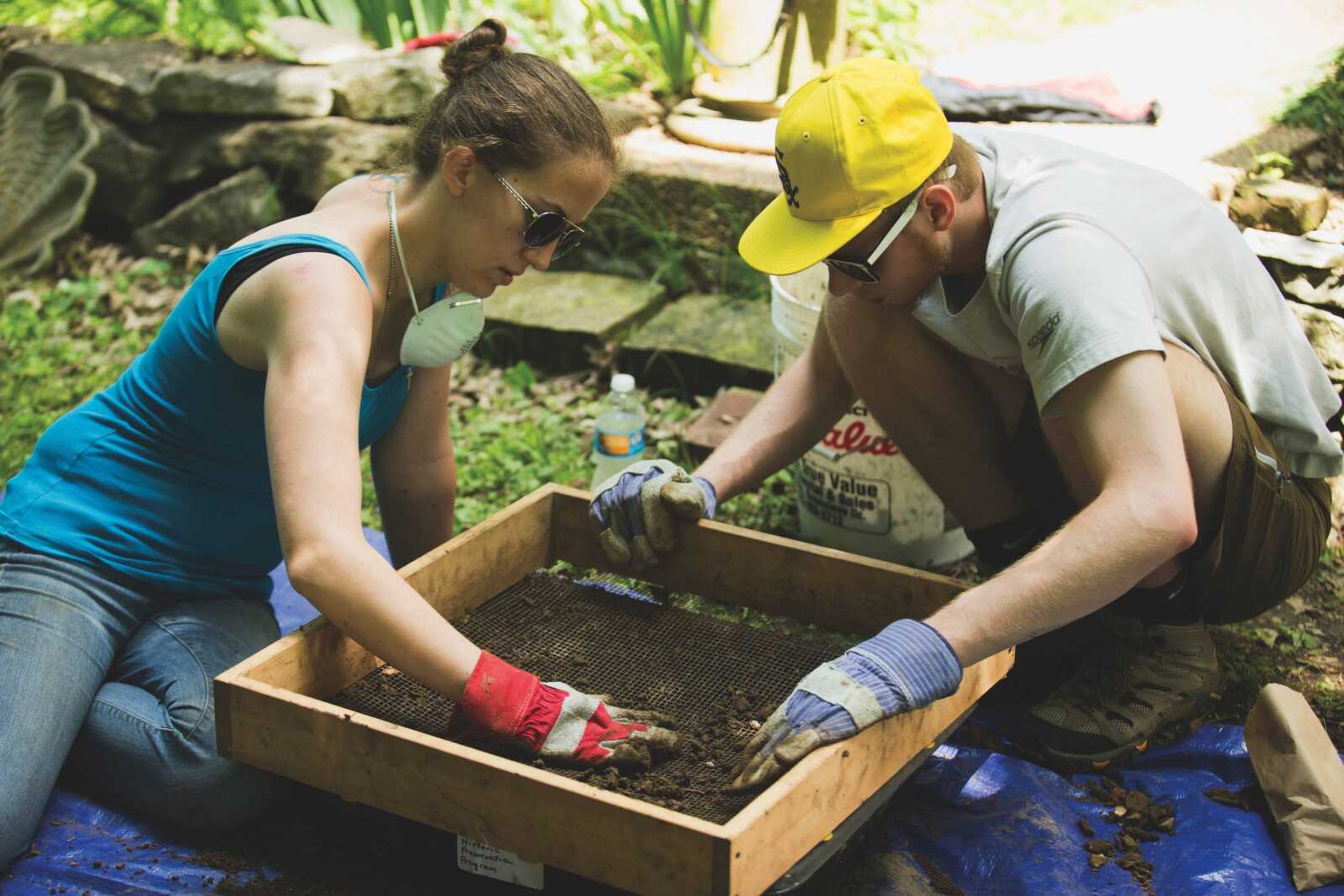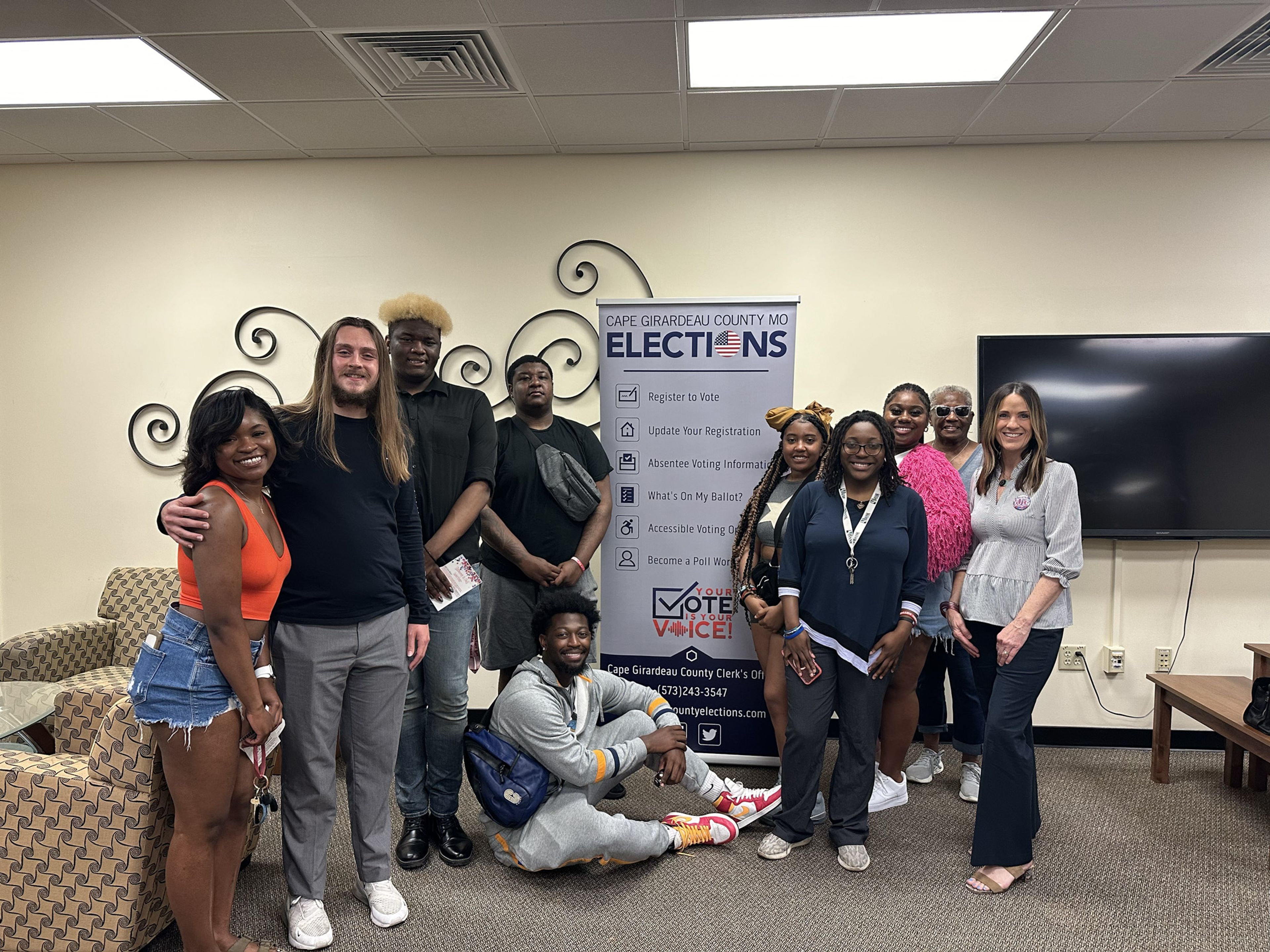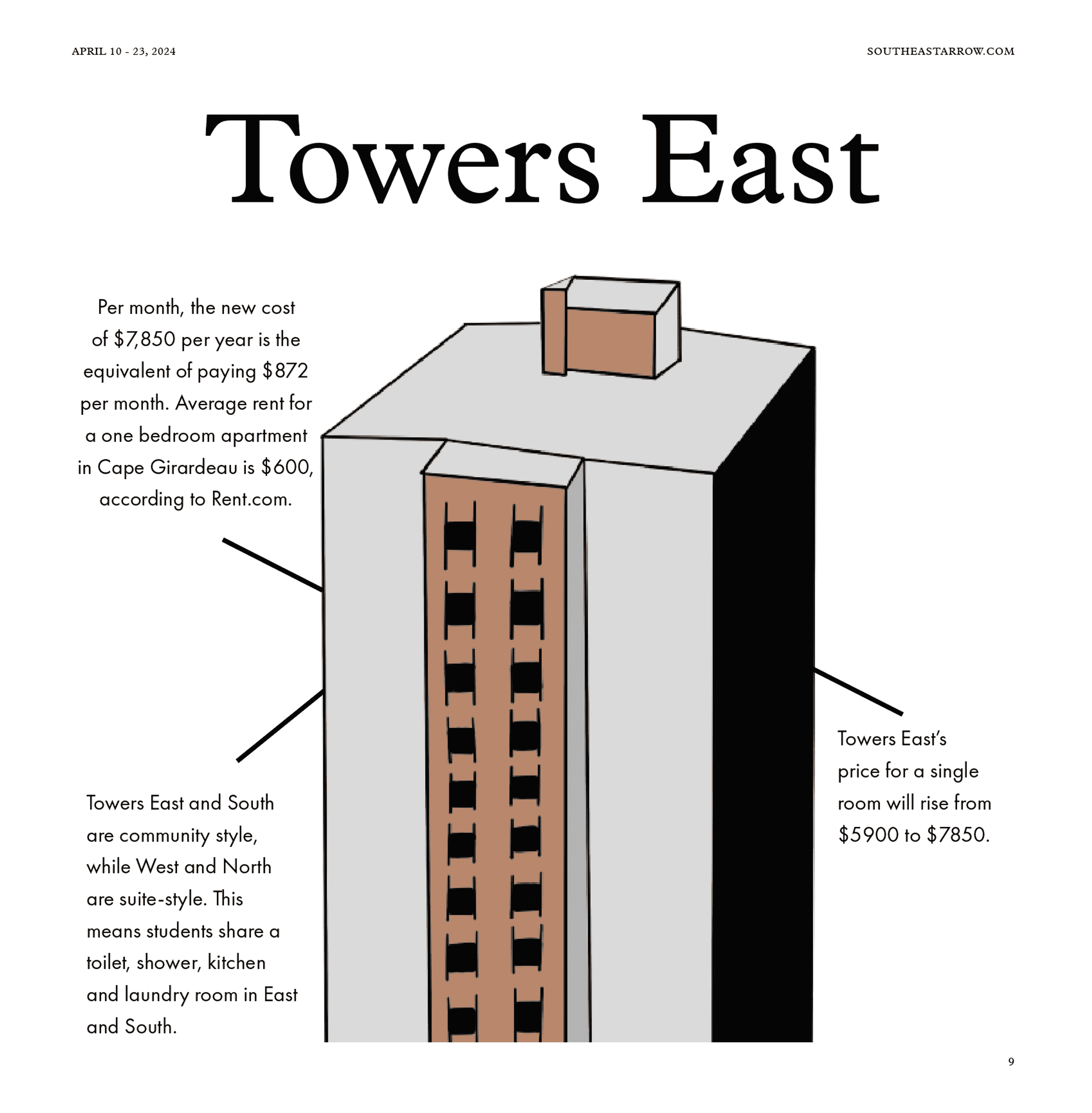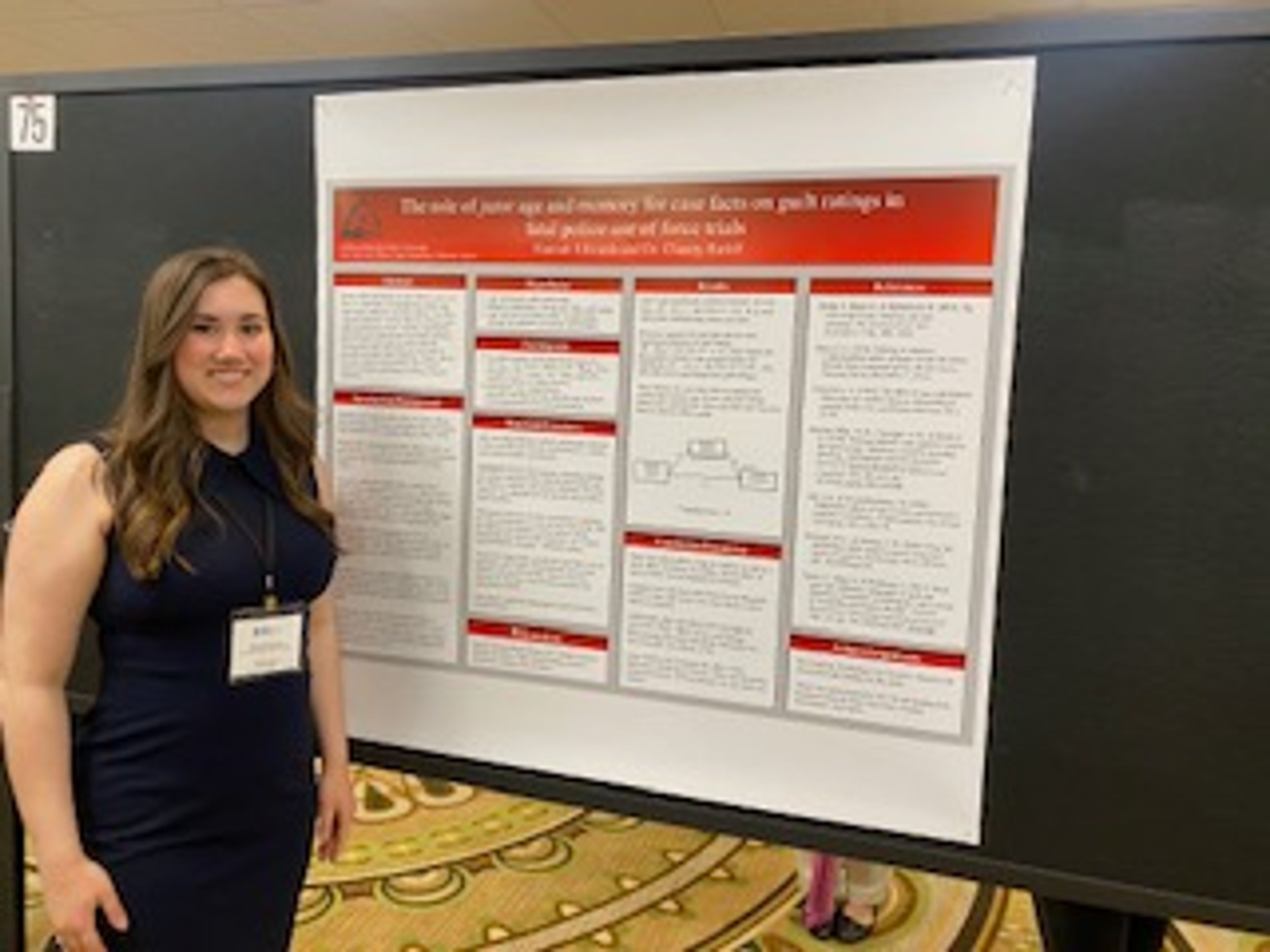This year marks the 35th anniversary of the historic preservation program at Southeast Missouri State University. To celebrate, the program will host a banquet April 23.
The core of historic preservation involves preserving the built environment. But, in addition to that, there are courses in museum studies, historic site administration and archival management. According to Dr. Steven Hoffman, professor of history and historic preservation program coordinator, those additional elements have been present since the early years of the program.
"The program had its origins in an interest in some of these broader areas," Hoffman said. "So it wasn't just preserving buildings, but it was thinking about what can you do with them to make it meaningful in today's society."
Hoffman said some of the changes he has experienced with the program have been in the creation of more courses that involve hands-on experience.
"I think I've created a broader set of courses so that students aren't just taking one or two classes, but they can really go pretty deep in that area, and I think that's been positive for the program," Hoffman said.
Something that has been a constant with the historic preservation program has been community involvement, which Hoffman said can help students figure out what career path they want to take.
"In my introduction to historic preservation course, one of the things I require is 20 hours of volunteer work," Hoffman said. "The idea is that it gets students out into the community working in institutions and for organizations, and they can decide whether they want to pursue a career in archives or work with the local museum."
Hoffman said getting students working out in the community isn't only to benefit the students but to benefit the public as well.
"It's about developing skills and expertise in preserving elements of the past, but not just so that we keep them in a box somewhere," Hoffman said. "Really, it's for the benefit of the community, and it's so that people can learn about the past and their history and their connection to it."
Cade Waddell, senior in the historic preservation program, said the majority of the hands-on work he has experienced in the last few years has been less about the built environment and more about working with archives.
"As far as the built environment, we don't do as much hands-on, but in terms of archive work and museum work and things like that, we do a lot more hands-on," Waddell said.
Riley Price, also a senior in the program, said although many of the students graduating this year are more interested in museum studies, she is interested in the built environment side of the program.
"I'm a building hugger; I love old buildings, and I've liked this sort of thing since I was really little," Price said.
According to Price, Hoffman encourages each of his students to be involved in what they are passionate about.
"Our professor has done a lot to help make sure that we all get to do what we want to," Price said. "He makes it possible for you to follow what you really want to do and find your niche."
Something unique to Southeast's historic preservation program is that it is the only university in Missouri that is certified by the National Council for Preservation Education. Southeast received the certification in 2001 by meeting a set of standards provided by the council.
"It's the only certification for preservation programs, so I think it was a pretty big thing, and it's something that we pay attention to," Hoffman said. "I think it's useful to have a set of standards and to be conscious of what they are and to make sure our program is tailored to provide a state-of-the-art education."
Hoffman said something that has stood out to him is the continued support the program has received from the university.
"I think the biggest change that has occurred is how central we've become to the department, and I think that we've become fairly well established within the university," Hoffman said. "It's a high-quality program and it makes Southeast distinctive; there's a lot of commitment to it."
Hoffman said as with other areas of study, adapting to the changes that occur within the field and in the world will help sustain the program in the future.
"The field is constantly changing," Hoffman said. "The way that you know the world is changing is by staying engaged with it and being part of that change, and so I see that's the future -- is to keep doing what we do well, which is to stay engaged."
The banquet will be held at 6 p.m. April 23 at the Aleen Vogel Wehking Alumni Center and is open to students, faculty and community members. The banquet will feature guest speaker Donovan Rypkema, a preservation economist.
"He's going to talk about how preservation has multiple kinds of value; in addition to cultural value, it has real economic value," Hoffman said. "He's very entertaining; if historic preservation had rock stars, he would be a rock star."
Funds from the banquet will go toward the Historic Preservation Endowed Fund to assist students in hands-on projects outside of the classroom. Tickets to attend the banquet are $35, but student tickets will be offered at a lower price. For more information about student ticket prices contactHoffman at shoffman@semo.edu.





